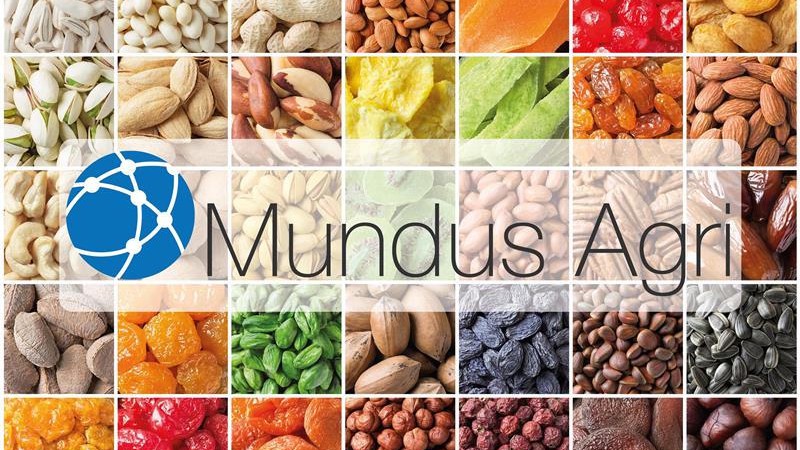View more information:
Cereals: EU faces fiercer competition from Russia
July 10, 2019 at 12:54 PM ,
Der AUDITOR

Optimistic estimates to be viewed with caution
The EU's current production estimate ranges at 311 million mt, an increase of 7.1% over the 290,3 million mt produced in 2018/19. However, the data on which this estimate is based were collected before the extreme heat wave recorded at the end of the month. And yet, the heat wave should have little or no effect on the yields for winter barley and durum wheat. Also with winter soft wheat the influence should be rather limited. The situation is different with spring barley and spring wheat as the record hiogh temperature of over 35°C are said to have significantly reduced yields.
The EU Commission's estimate is also much more optimistic than the data present by other analysts. In May, for instance, Coceral estimated EU cereal production at 301 million mt. Stratégie Grain followed in June with 305 million mt and ADM in with 304.7 million mt in the same month. The main difference corncerns maize. At mt 69.9 million, the EU Commission is far more optimistic than any one else. Imports from third countries included (21.3 million mt), total stocks should amount to 380.8 million mt. With the noted exception of durum wheat, acreage has mainly increased for most cereals and yields are expected to improve.
EU loses market share to Russia
In 2019/20, the EU is expected to export 38.7 million mt of cereals to third countries. Algeria and Saudi Arabia were by far the most important export destinations for the EU in 2018/19. Accordingly, 24% of wheat exports went to Algeria and 13% to Saudi Arabia in 2018/19. A total of 21 million mt of wheat was shipped to third countries, which is a decrease of 28% compared to 5-year moving average. The EU Commission is concerned that Russia will secure further market shares for wheat in the traditional sales markets of Algeria and Saudi Arabia. Barley presents a similar picture. In 2018/19, the EU exported around 7.7 million mt to third countries, of which 22% were destined for Saudi Arabia, 8% to China and 5% to Iran. In comparison to the 5-year moving average, exports are also declining here.





